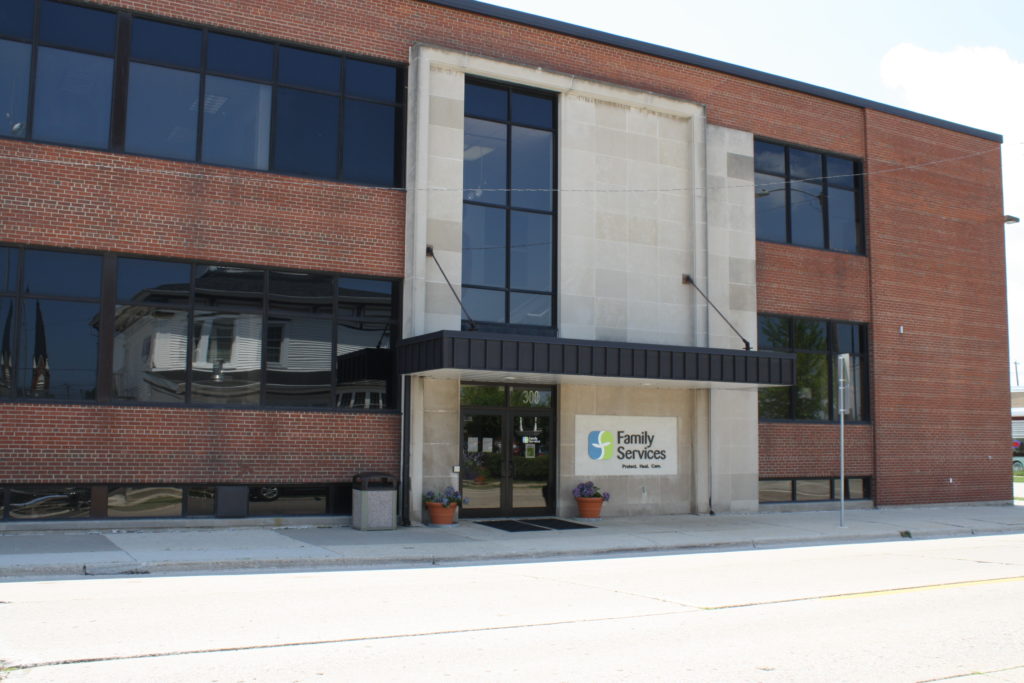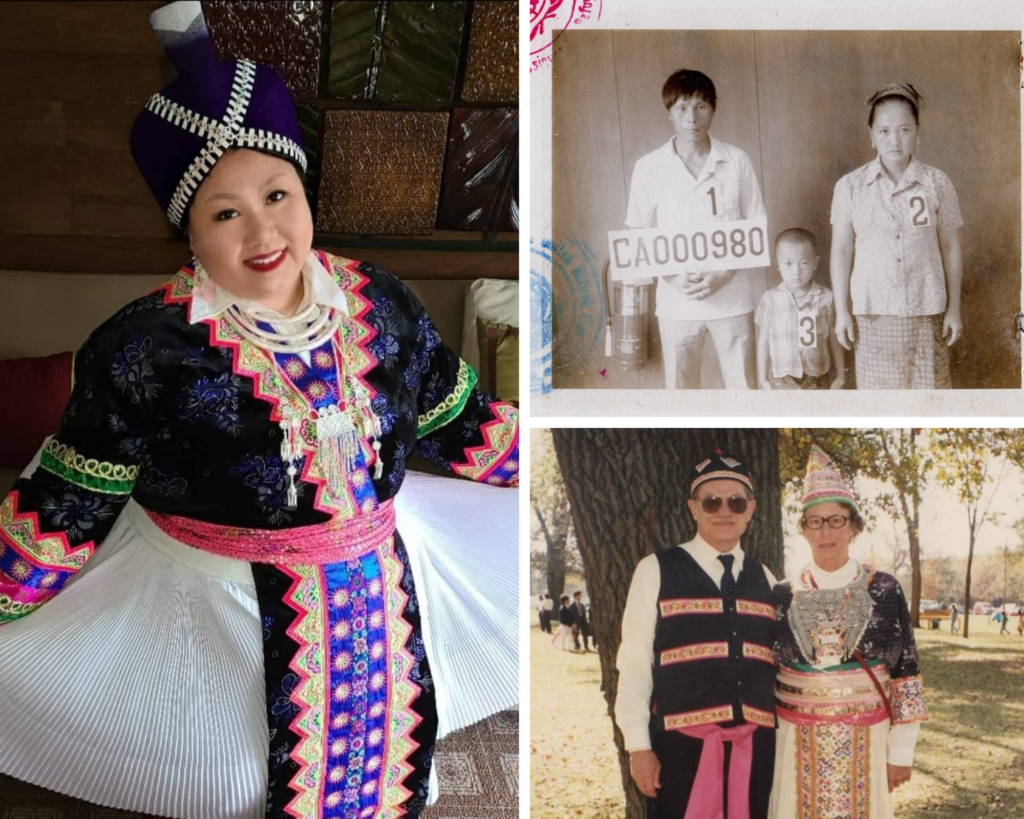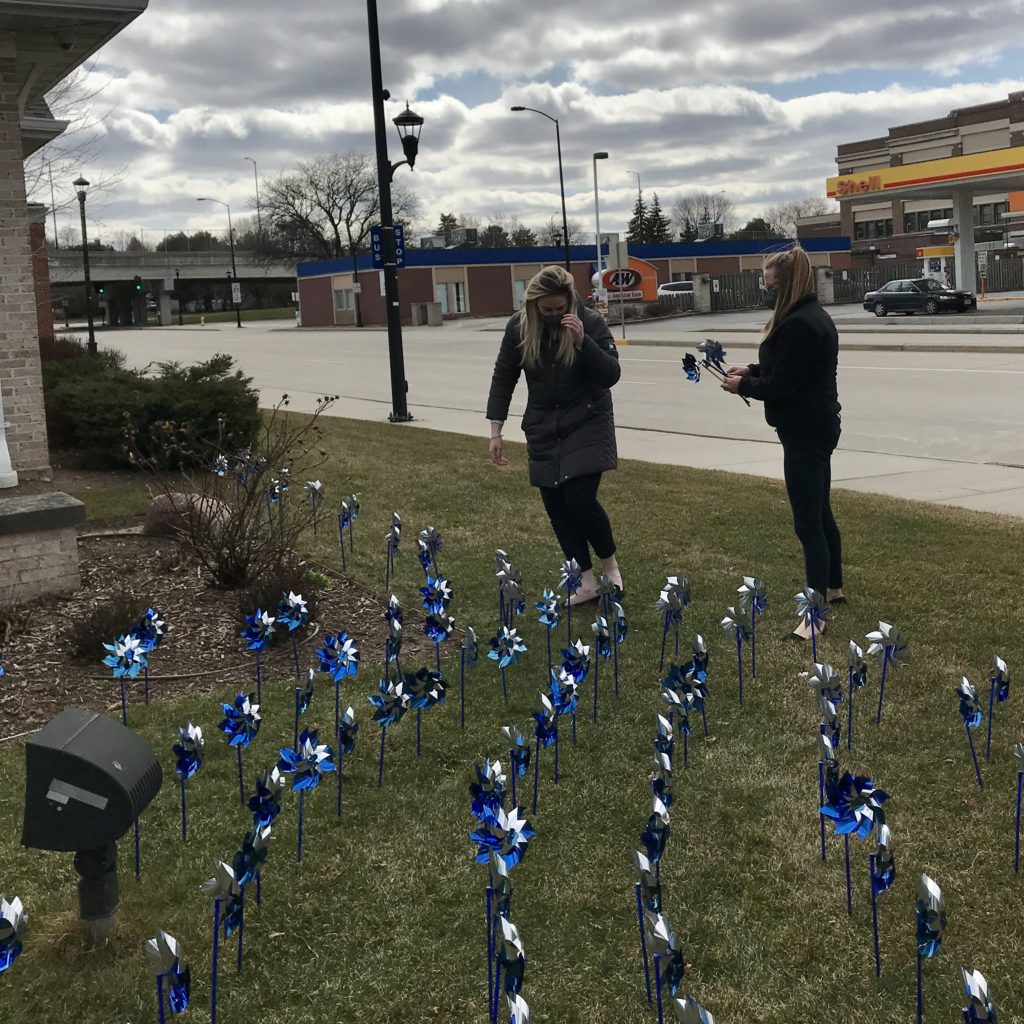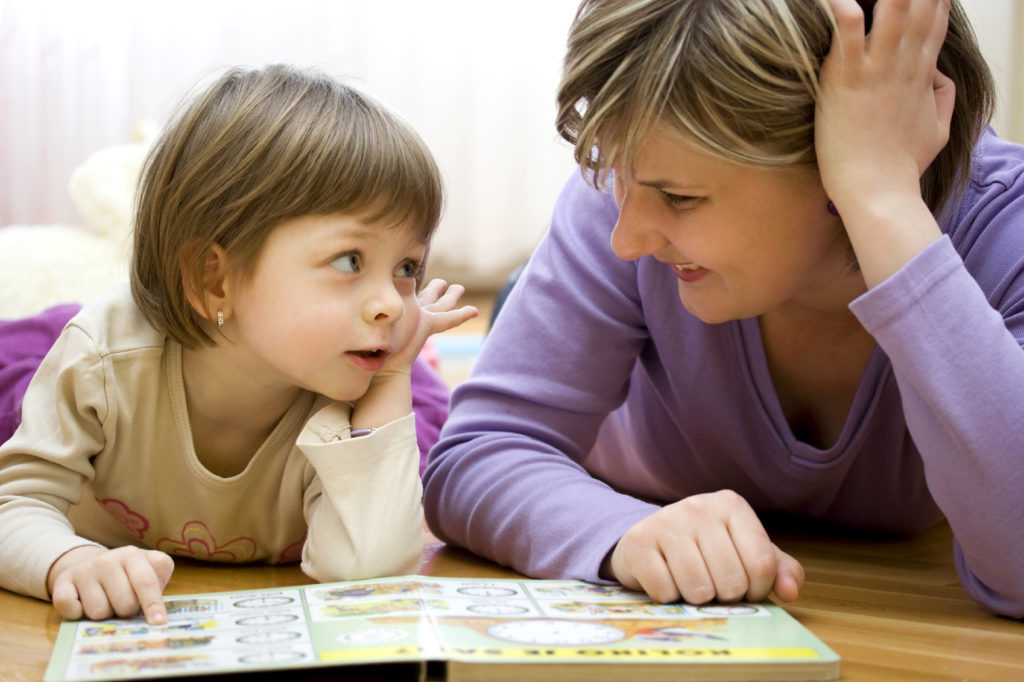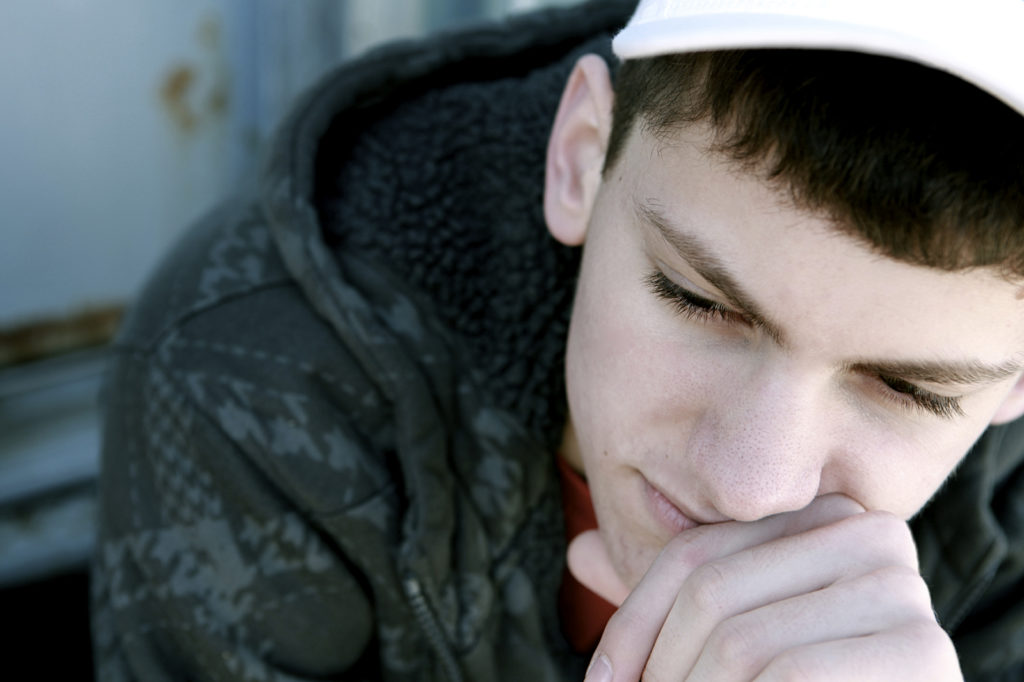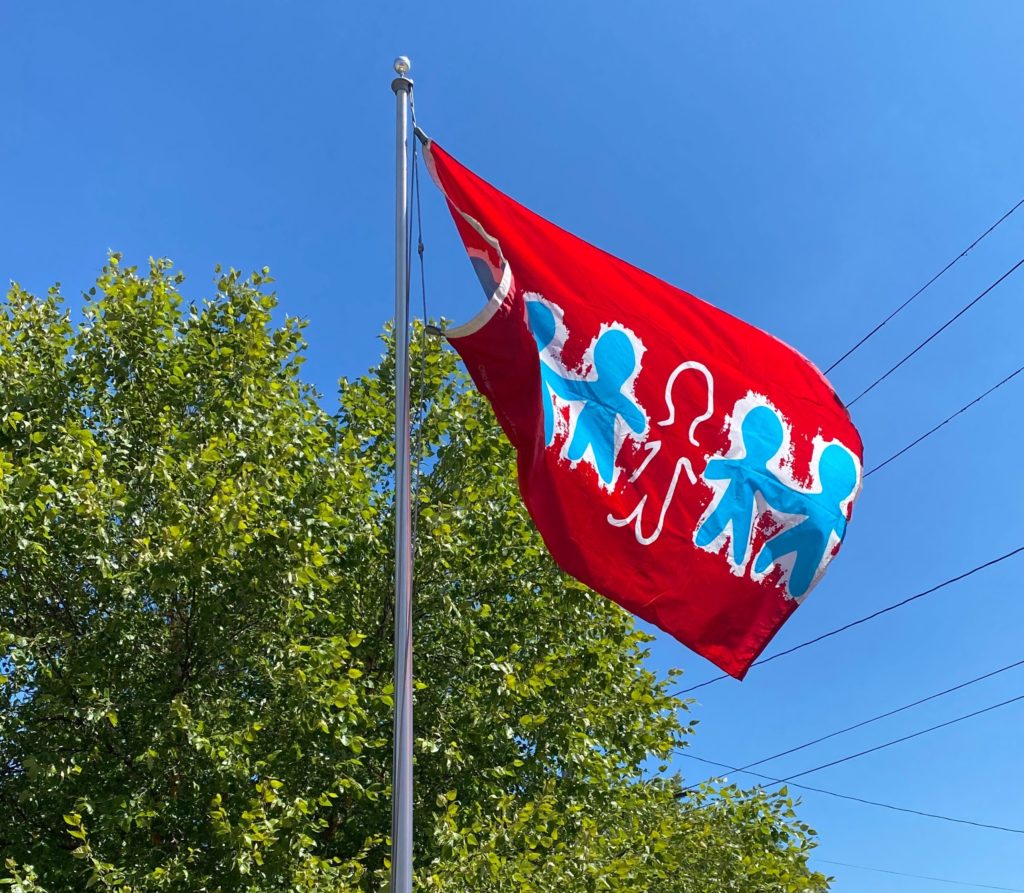By Shelly Missall
Outreach Coordinator, Wisconsin Lifeline
When someone experiences a mental health crisis, it means they are facing the lowest of lows as well as a significant loss of control. This loss of control has the potential to escalate into self-harm, harm of others, suicidal ideation and even suicide attempts.
The struggles of someone experiencing a mental health crisis often do not immediately diminish when the person reaches out for or gets help. They may not be believed or understood. The person in crisis may also experience an even greater loss of control through things such as restraints and isolation, hospitalization, or even jail time. When the mental health crisis is resolved and the person can return to his or her life, you might expect the worst to be over. Unfortunately, that isn’t necessarily the case – but there are ways that we, as a community, can help make that transition easier.
Upon completion of a stay in jail or inpatient treatment, the person who was in crisis will often return to a significant amount of uncertainty. It may mean returning to a life built on secrecy and isolation due to the stigma of mental illness. It could also mean greater uncertainty and isolation from the loss of a job, home, or personal relationships because of their crises.
Mental illness is often referred to as not being a “casserole” disease. If someone you know and care about has a cancer diagnosis, you would tend to rally around the person. You might show your support by wearing colored ribbons or bringing a casserole to help the family out. Likewise, if someone you know or care about reveals a recent diagnosis of diabetes or Crohn’s disease or arthritis, you might inquire what that means for them and maybe even ask how you can help. In the case of a mental health diagnosis, however, these same supportive efforts are rarely offered.
For many of us, mental health triggers uncertainty and discomfort. We aren’t sure what to say or do. We don’t know what might offend or trigger a person, so we avoid. We give the person space and assume that if there is something we can do, that person will reach out and let us know.
Unfortunately, it is because of this same uncertainty, coupled with experiences of stigma, judgement and avoidance, that a person who recently experienced a mental health crisis likely won’t feel safe in making that contact. Worse yet, this time of uncertainty after returning from in-patient care is the most tenuous. According to the National Suicide Prevention Lifeline (NSPL), the risk of suicide is greatest in the first week after in-patient care.
Although, the NSPL notes that 70% of those who attempt suicide do not attend their first appointment or rarely make it past the first or second session, evidence also shows that follow-up contacts have a drastic impact on reducing suicide in the next three months and create a reduction in suicide likelihood reaching five years beyond.
While crisis centers and outpatient facilities can offer a variety of life-saving follow up, the key to unlocking mental health is community integration. Connecting people to their communities, reducing isolation and stigma can better support those who need it now, while reducing the negative stigma and isolation in the future.
This doesn’t mean you need to bring someone discharged from in-patient following a mental health crisis a casserole, but breaking the cycle of silence and avoidance can create significant impact. The next time you hear of a friend, family member, or co-worker who is struggling with their mental health, try reaching out to let them know you care and you’re here to listen. This can go a long way toward helping create a feeling of belonging in a person’s support network and community. Checking in can be as simple as a text, note or a phone call. It is less about how you connect than making the effort that you do connect to offer your support.
When the person does decide to open up, it is important to be patient, show respect and avoid judgement. Offer your support without delegitimizing their experience. Share with them that while you cannot relate specifically to their illness or situation, you do know what it is like to struggle.
Listening with empathy can help minimize the feelings of fear and uncertainty and move toward a community of acceptance for everyone. Together, we can help reduce the stigma of mental health crises and ease the transition from crisis to healing for those who struggle.
Sources:
Appleby, L., Shaw, J., Amos, T., McDonnell, R., Harris, C., McCann, K., Kiernan, K., Davies, S., Bickley, H., & Parsons, R. (1999) Suicide within 12 months of contact with mental health services: national clinical survey. BMJ, 318(7193), 1235-1239. https://doi.org/10.1136/bmj.318.7193.1235
National Association on Mental Illness (2020, August 21). Practice guidelines: Follow-up. https://networkresourcecenter.org/display/practiceguide/Follow-Up
National Suicide Prevention Lifeline (2020, August 21). Follow-up matters. https://followupmatters.suicidepreventionlifeline.org/follow-up-starts-here/
